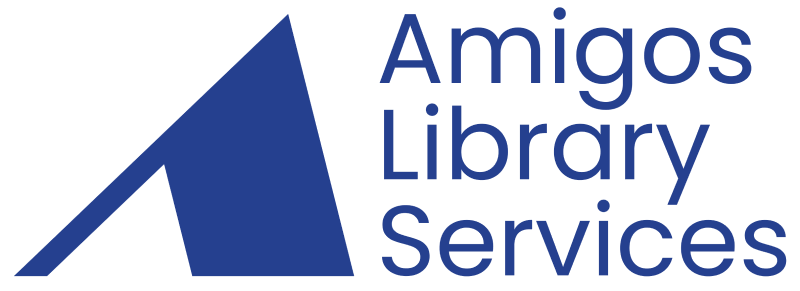Controlled Vocabularies and Taxonomies
Special metadata projects often require specialized vocabularies beyond the Library of Congress Subject Headings. Many libraries are now supplementing their MARC records with terms from other thesauri. This course covers taxonomy design and development of controlled vocabularies. Topics include types of controlled vocabularies, taxonomy planning, and design, structure and relationships in a taxonomy, and taxonomy management and maintenance.
